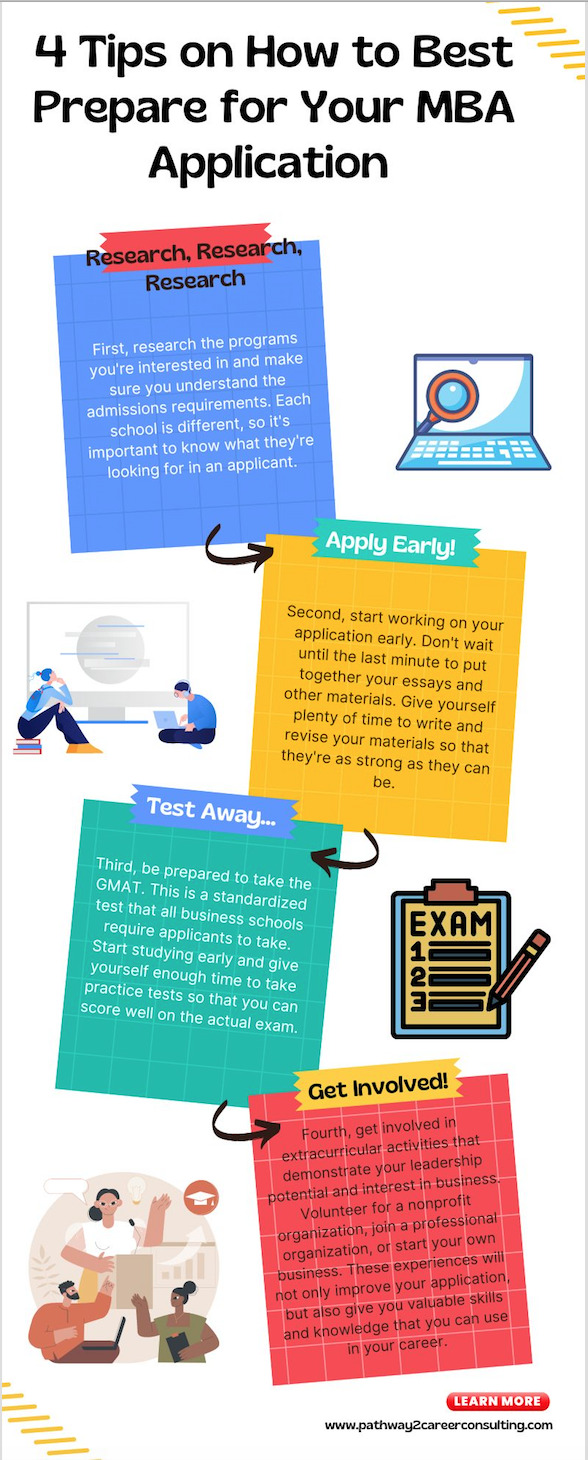Tips on How to Start the College Admissions Process, Setting Goals, and Staying Organized

Introduction:
Heading to college is a thrilling chapter, but navigating the admissions process and setting goals can be daunting. Fear not! Our comprehensive guide offers invaluable insights on starting the college admissions process, practical goal-setting, and staying organized throughout your academic journey.
Initiating the College Admissions Journey
Embarking on the college admissions process requires careful planning. Discover essential steps, from researching potential colleges to understanding application requirements. Unearth hidden gems and ensure your journey begins on the right note.
Unveiling the Secrets of Goal Setting
Setting goals is pivotal for a successful college experience. Learn how to establish realistic academic and personal objectives. Our guide delves into goal setting, ensuring your ambitions align with your capabilities.
Staying Organized: A Key to Success
Organization is the cornerstone of college life. Navigate coursework, extracurriculars, and social activities seamlessly with our organizational tips. From digital tools to time management, stay ahead of the game.
Crafting a Stellar College Application
Master the art of crafting an impressive college application. This section provides insider tips on personal statements, recommendation letters, and showcasing your unique qualities. Ace your application and stand out in the competitive admission process.
Choosing the Right College: A Decision-Making Guide
Explore factors beyond prestige when selecting your college. Our guide helps you consider campus culture, program offerings, and financial considerations. Make an informed decision that aligns with your academic and personal goals.
Goal Alignment with Academic Majors
Aligning your goals with your chosen major is crucial. Dive into the nuances of selecting an academic path that complements your aspirations. Ensure a harmonious journey towards your future career.
Stress Management During the Admissions Process
Feeling overwhelmed? Discover effective stress management techniques tailored to the college admissions journey. Maintain a healthy balance between productivity and well-being.
Building a Personalized Study Plan
Setting academic goals requires a well-crafted study plan. Uncover the secrets of creating a personalized study schedule that maximizes productivity and minimizes stress. Achieve academic excellence while maintaining a balanced lifestyle.
Extracurricular Excellence: Balancing Academics and Activities
Strike a balance between academics and extracurriculars. Our guide offers insights into choosing activities that align with your goals, showcasing your well-rounded personality to admissions committees.
Financial Planning for College Success
Navigate the financial aspects of college with ease. This section provides practical tips for a financially sound college journey from scholarships to budgeting. Ensure your focus remains on academic success without financial stress.
Tips for Virtual Admissions
In an increasingly digital world, virtual admissions are becoming more prevalent. Gain insights into navigating virtual interviews, online portfolios, and creating a digital presence that impresses admissions officers.
Navigating College Entrance Exams
Decoding the complexity of college entrance exams is crucial. Uncover tips for adequate preparation, managing test anxiety, and optimizing your performance on standardized tests.
Networking for Future Success
Building a network in college sets the stage for future success. Learn how networking creates meaningful connections with peers, professors, and industry professionals. Lay the foundation for a prosperous post-college career.
Addressing Common Admissions Misconceptions
Dispelling myths surrounding the admissions process is vital. This section clarifies common misconceptions, ensuring you approach your college journey accurately and confidently.
Preparing for College Life: Beyond Admissions
As you embark on your college adventure, prepare for the broader aspects of college life. From dorm essentials to social dynamics, our guide ensures you enter campus ready for a fulfilling experience.
Tips on How to Start the College Admissions Process, Setting Goals, and Staying Organized.
Navigating the college admissions process, setting goals, and staying organized are critical steps toward a successful academic journey. Use our guide as a roadmap, blending expertise with personal insights to make the most of this exciting chapter.
FAQs
How early should I start the college admissions process?
Commence your college journey by exploring colleges in your junior year of high school. This early start allows ample time for research, test preparation, and crafting a compelling application.
What role do extracurricular activities play in college admissions?
Extracurriculars showcase your interests and skills beyond academics. Admissions officers value well-rounded individuals, so choose activities that align with your passions and demonstrate leadership or dedication.
How can I stay organized during the hectic admissions period?
Utilize organizational tools such as planners, calendars, and digital apps. Break down tasks into manageable steps, set deadlines, and prioritize effectively to navigate the admissions process smoothly.
Is it essential to have a specific major in mind when applying to college?
While having a general idea of your interests is beneficial, many colleges allow flexibility in choosing a major. Focus on selecting a college with diverse offerings and explore your academic interests during the first year.
What financial aid options are available for college students?
Explore various financial aid options, including scholarships, grants, and student loans. Research institutional aid offered by colleges and fill out the Free Application for Federal Student Aid (FAFSA) to determine eligibility for federal aid.
How can I build a strong network in college?
Attend campus events, join clubs or organizations, and engage with professors and classmates. Networking is about building genuine connections, so be proactive, attend career fairs, and consider internships to expand your network.
Conclusion
Embarking on the college admissions journey is both exciting and challenging. By following our expert guide, you’re equipped with the knowledge to navigate this crucial phase successfully. Remember, it’s not just about getting into college; it’s about setting the stage for a fulfilling and prosperous future.
Yeraz Benlian
2029 Verdugo Blvd., Suite 728 Montrose,CA 91020
Hours: Monday-Friday (9:00 am- 6:00pm)
yeraz@pathway2careerconsulting.com
(818) 913-9919




















 So, you’ve read about the different things to consider when applying to MBA programs. Now it’s time for you to make a decision! Which factors are most important to you? What business specialization are you interested in? Do your research and find the best program for you. And don’t forget – once you’ve decided on a school, get started on your application! The sooner you start, the better. We hope this article has helped make your decision easier. If you need help with your MBA application process, please don’t hesitate to contact us. We are here to help!
So, you’ve read about the different things to consider when applying to MBA programs. Now it’s time for you to make a decision! Which factors are most important to you? What business specialization are you interested in? Do your research and find the best program for you. And don’t forget – once you’ve decided on a school, get started on your application! The sooner you start, the better. We hope this article has helped make your decision easier. If you need help with your MBA application process, please don’t hesitate to contact us. We are here to help! 